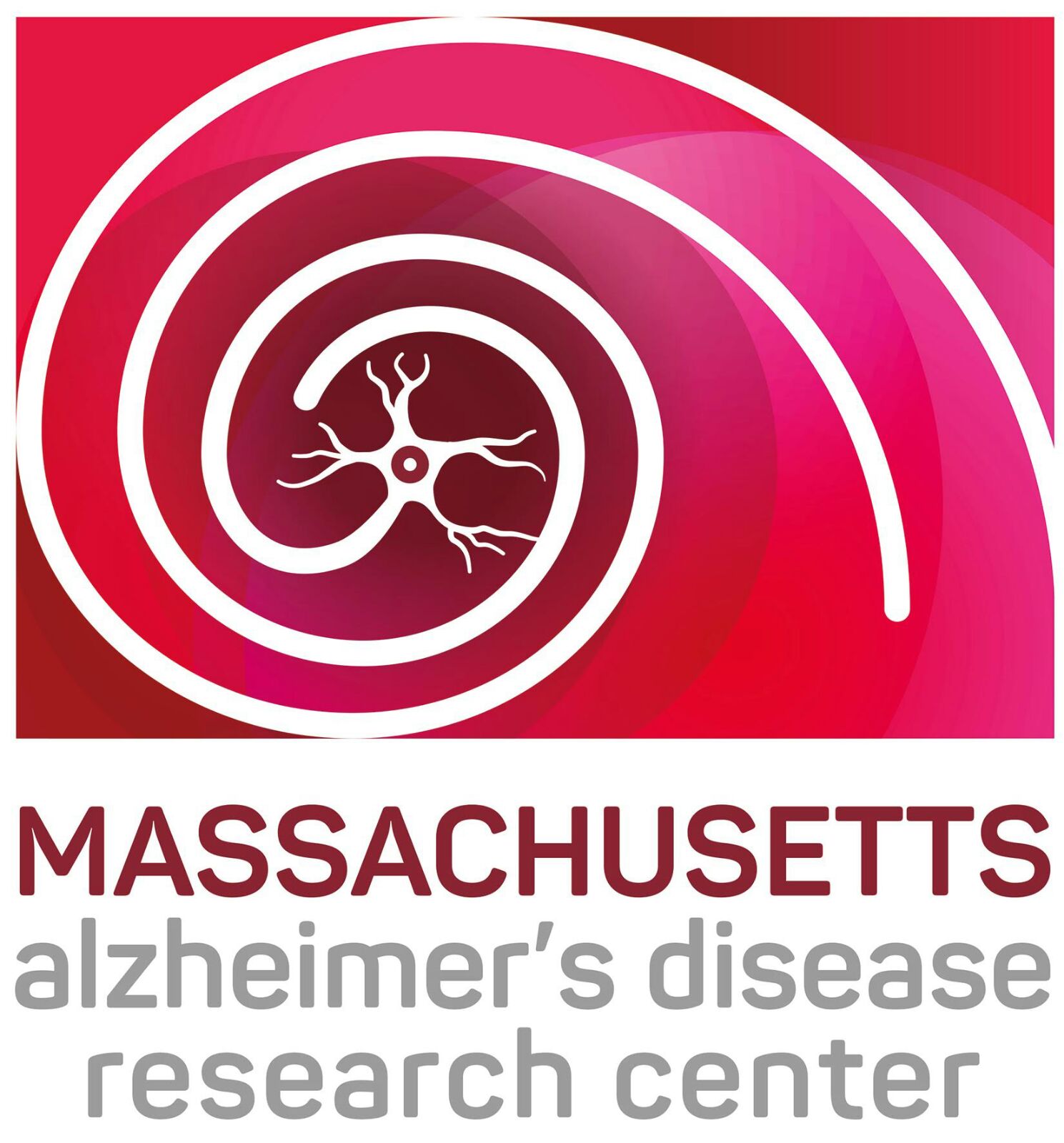Scientists have puzzled for decades over how our brains convert experiences from short-term memories into stored recollections that can be retrieved years later. Now, MIT researchers say they have made a discovery that provides new insight into the circuitry behind how we remember.
A study published Thursday in the journal Science suggests that the seeds of both short-term and long-term memories are planted nearly simultaneously in different parts of the brains of mice.
The phenomenon, which researchers believe is similar to the function of human brains, could lead scientists to rethink some of the popular models of how memories are captured and stored. It could also lead toward a better understanding of memory diseases like Alzheimer’s.
Professor Susumu Tonegawa , the senior author on the paper, said he and his fellow researchers were able to watch how memories were stored in both the hippocampus, which captures recent experiences, and the prefrontal cortex, which handles older events.
“The hippocampus is very good at quickly forming memory about the various things that happen to you, but for the purpose of keeping the memory — evolution decided to use another part of the brain for the long-term storage,” he said in an interview.
“This paper tells us in more detail how this cooperation between the dual systems . . . actually takes place.”
Tonegawa, a 1987 Nobel Prize winner for his immunology work, has recently made several notable discoveries in the separate field of neuroscience.
